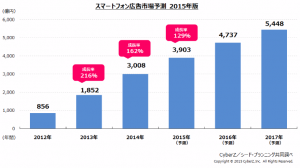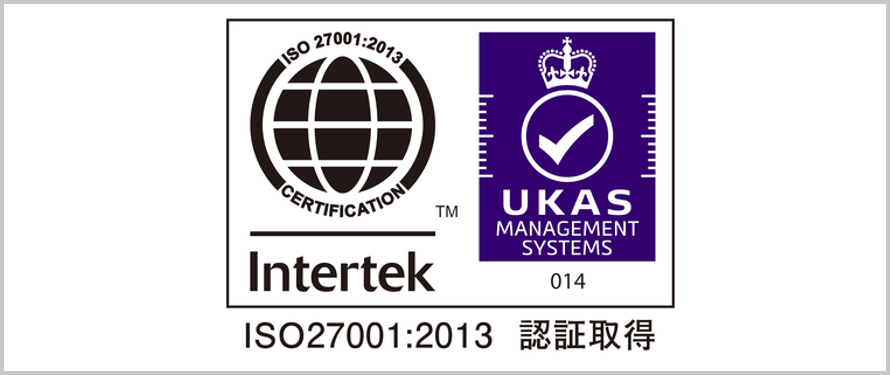Analyzing the characteristics of Facebook, Twitter, and Instagram

table of contents
This is Ohara from the technical sales department.
Recently,
there has been an increase
in advertising using SNS, such as ``video content with a message'' and
``key visual content with an impact'' I think the SNS advertising market will continue to expand further in the future.
In this blog, I will write about the characteristics of each SNS.
 [Image source]
[Image source]
http://internet.watch.impress.co.jp/docs/news/20150219_689027.html

Communication after posting
- Posts are not displayed in chronological order due to Edge Rank.
- In addition to your friends' posts, you will also receive information about their likes, comments, and shares.
- Connect not only with real-life friends but also with people you have business connections with.
The strength of Facebook operation is that posts can reach
Edge Rank and With the EdgeRank algorithm, not only the posting timing but
also the evaluation of the posting itself is an important point.
there is an element where other people's posts flow,
`
`Mr. It is possible to make posts that facilitate communication , such as comments that are conscious of connections
Often used by companies
there is a growing trend for companies to use Facebook advertising , as it is mostly used by users in their 20s and 30s, and is also used for work purposes

Communication that reaches far beyond your followers
- Posts are arranged in chronological order in a timely manner
- Posts will be spread to all followers
- As the number of retweets increases, information can be expected to spread to an unspecified number of people.
The strength of Twitter is that when publicly tweeted content is retweeted,
can
beyond your followers and even to people you don't know When it comes to corporate use, there is a possibility that your posts will reach people other than those who follow you, so it
can be said to have a great strength in terms of spreading the word.
Also, unlike Facebook, posts always arranged in chronological order ,
so the timing of tweets is also important.
Semi-anonymity and casualness of Twitter
In Japan, Twitter has a higher active rate than Facebook, and is especially used by teenagers, but
the usage rate overseas does not seem to be very high. The semi-anonymity and casual nature of Twitter
may be a good match for Japanese people.
Also, since December 2015, individuals who have an account
can use Twitter for advertising.

A community where you can connect only with close friends
- Many stylish photo posts
- lots of hashtags
- A closed community where you can only connect with close friends
- Since it does not spread by “likes”, users actively follow hashtags and initiate communication.
On Instagram, posts from people you don't follow don't appear in your feed, so
there's a culture of following hashtags to see other people's posts.
it is essential to use hashtags in order to be found .
The way they are attached is also different from Twitter, in that they often use multiple hashtags.
Also, since it is difficult for posts to spread externally, it is important to carefully consider what your followers will like before posting.
Also, it is essential to include a beautiful image.
Monthly active users exceed 400 million
You can feel how much attention Instagram has received both in Japan and overseas.
Quote: Instagram's MAU exceeds 400 million; Japan's MAU doubles to over 8.1 million
The current image of using Instagram seems to be targeting women, so
it may be suitable to use SNS advertising for apparel, beauty, and sweets.
By the way, Instagram is a service owned by Facebook.
summary
Each has different targets and uses
Each type has a different way of arranging posts, the range that posts reach, and what users are looking for, so
I think it's important to use them differently according to each company and industry.
- BtoB
- Targeting users in their 20s and 30s and companies
- BtoB or BtoC
- Diffusion of information to an unspecified number of people.
- BtoC
- Targeted at women in their 20s and 30s. (Apparel, beauty, sweets, etc.)
Personally, I will live separately as described above.
The key is to use different SNS depending on your target and industry.
I'm also interested in the future trends of Instagram.

![[Osaka/Yokohama/Tokushima] Looking for infrastructure/server side engineers!](https://beyondjapan.com/cms/wp-content/uploads/2022/12/recruit_blog_banner-768x344.jpg)
![[Deployed by over 500 companies] AWS construction, operation, maintenance, and monitoring services](https://beyondjapan.com/cms/wp-content/uploads/2021/03/AWS_構築・運用保守-768x344.png)
![[Successor to CentOS] AlmaLinux OS server construction/migration service](https://beyondjapan.com/cms/wp-content/uploads/2023/08/almalinux_blogbanner-768x344.png)
![[For WordPress only] Cloud server “Web Speed”](https://beyondjapan.com/cms/wp-content/uploads/2022/11/webspeed_blog_banner-768x344.png)
![[Cheap] Website security automatic diagnosis “Quick Scanner”](https://beyondjapan.com/cms/wp-content/uploads/2023/04/quick_eyecatch_blogbanner-768x345.jpg)
![[Reservation system development] EDISONE customization development service](https://beyondjapan.com/cms/wp-content/uploads/2023/06/edisone_blog_banner-768x345.jpg)
![[Registration of 100 URLs is 0 yen] Website monitoring service “Appmill”](https://beyondjapan.com/cms/wp-content/uploads/2021/03/Appmill_ブログバナー-768x344.png)
![[Compatible with over 200 countries] Global eSIM “Beyond SIM”](https://beyondjapan.com/cms/wp-content/uploads/2024/05/beyond_esim_blog_slider1-768x345.jpg)
![[If you are traveling, business trip, or stationed in China] Chinese SIM service “Choco SIM”](https://beyondjapan.com/cms/wp-content/uploads/2024/05/china-sim_blogbanner-768x345.jpg)
![[Global exclusive service] Beyond's MSP in North America and China](https://beyondjapan.com/cms/wp-content/uploads/2024/06/gloval_surport_blog_slider-768x345.jpg)
![[YouTube] Beyond official channel “Biyomaru Channel”](https://beyondjapan.com/cms/wp-content/uploads/2021/07/バナー1-768x339.jpg)
 0
0![[2025.6.30 Amazon Linux 2 support ended] Amazon Linux server migration solution](https://beyondjapan.com/cms/wp-content/uploads/2024/05/59b34db220409b6211b90ac6a7729303-1024x444.png)








